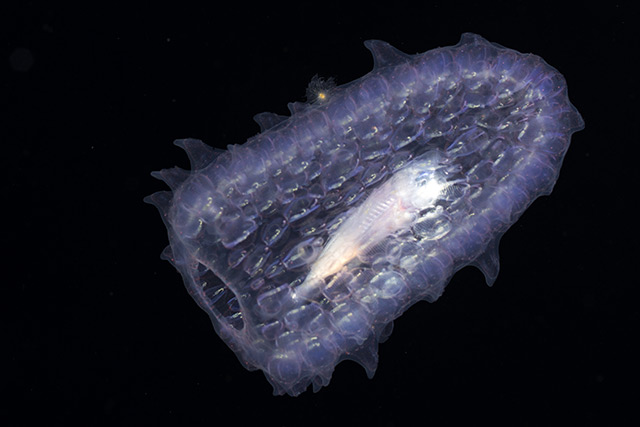Lightning and thunder go hand in hand. When you see a lightning bolt fly across the sky, you can be sure that you will hear a thunderclap shortly after that. But there is another natural phenomenon that occurs when lightning and thunder strike: Ball lightning. Now scientists have figured out a way to create it in a lab setting, potentially paving the way to much more stable fusion reactor designs.
The mysteries of ball lightning have remained mostly hidden for the past few centuries. Often appearing in the sky during thunderstorms, they have been the subject of many theories devised by many expert scientists over the years. But experts from Amherst College and Aalto University might have finally figured out how they work.
Based on the results of their experiments, the researchers were able to create a working quantum model by using what can be described as super-cooled dilute quantum gas. This resulted in a “complex knot” that appeared to be exactly like ball lightning. It came in the form of a known quantum object called a “Shankar skyrmion” which scientists first theorized in the late 1970s.
Skyrmions are tight clusters of circular magnetic fields that are linked with one another and appear to form a sphere. This is what the scientists were able to create in a lab setting, thereby allowing greater understanding of the mechanisms that enable it to exist.
The work to bring the skyrmion to life was performed by researchers led by Dr. Mikko Möttönen and Professor David Hall. They found that by cooling the quantum gas to near absolute zero temperatures, gaseous atoms end up settling into states of minimal energy, which invariably cause them to act as a single, giant atom instead of separate scattered ones.
They managed to achieve their results by first applying an initial magnetic field to the condensate, and that is what led atoms to spin as one. Then as the magnetic field shifts, the atoms located in separate regions of the condensate end up spinning in a number of different directions, and this results in their “entanglement.”
As Professor Hall explained, their discovery is different from a quantum knot due to one clear characteristic. “What makes this a skyrmion rather than a quantum knot is that not only does the spin twist,” he said, “but the quantum phase of the condensate winds repeatedly.”
Upon closer examination, they found that the skyrmion they created possessed a magnetic field that was remarkably similar to that of ball lightning. And this is where they drew the association between the two. They have made some good progress in this regard, but Dr. Möttönen noted that more research will be necessary in order to know “whether or not it is also possible to create real ball lightning with a method of this kind.”
If they can study the skyrmion and its magnetic field even further, and fully understand the principles that make it work, it could usher in a new era of fusion reactor technology. As Möttönen himself stated, the stability of the skyrmion as an apparent ball of plasma could one day be responsible for “finding a solution to keep plasma together efficiently and enable more stable fusion reactors than we have now.”
That could still be a ways from now, but at least the researchers will be headed in the right direction.
Read more about potential future energy sources in Power.news.
Sources include:
LiveScience.com
IRInsider.org




















